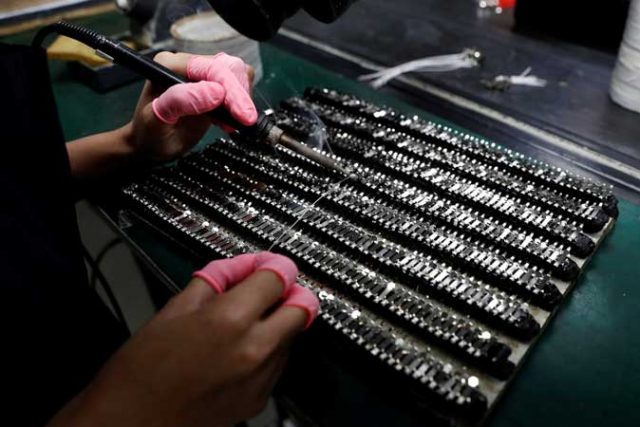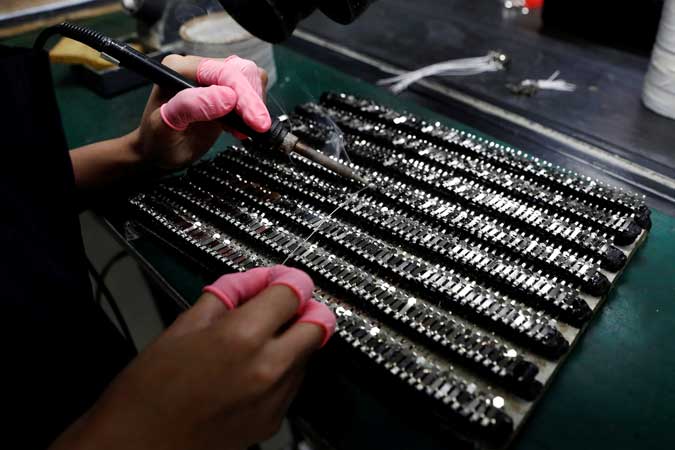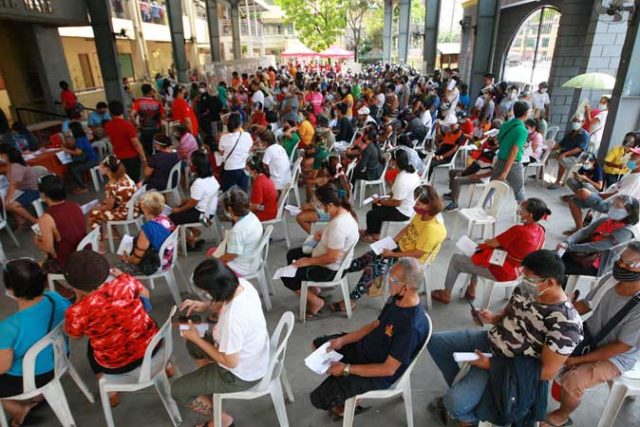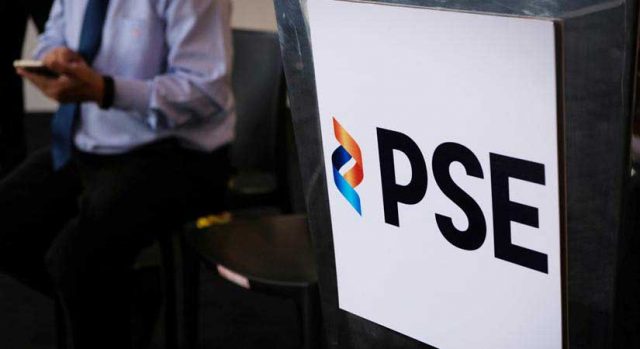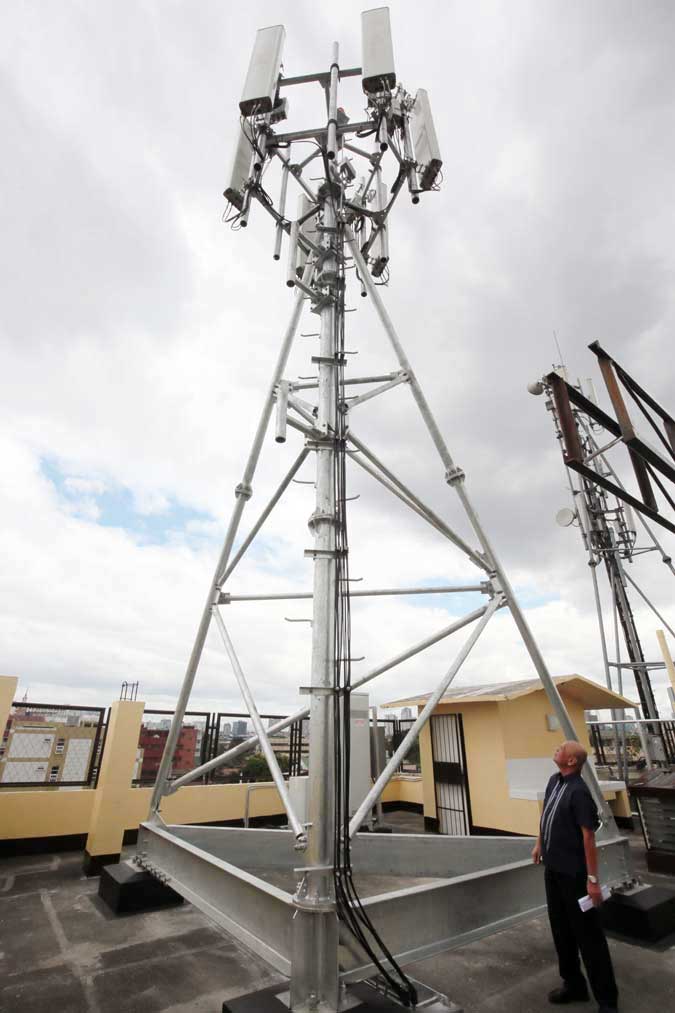UBX revolutionizes insurance with Assured
The pandemic has brought to the forefront the importance of prioritizing the health and financial security of our families. Insurance aims to protect society, businesses, and individuals from loss and to help them recover when such loss or damage occurs. Yet, insurance penetration rates in the Philippines are among the lowest in Asia. Insurance Commission (IC) data shows insurance penetration, defined as insurance premiums as a share of gross domestic product (GDP), at only 1.69% percent as of September 2020. The majority of Filipinos perceive insurance – an intangible product – as complex and confusing. In addition, current products and means of distribution are often expensive compared to need or ability to pay. UBX aims to simplify insurance with Assured, UBX’s new embeddable insurance platform.
UBX, named the Fastest Growing Fintech Company in South East Asia in 2021 by Global Banking and Finance Review, is launching Assured together with insurtech partner Coherent. UBX has partnered with global insurance giant Chubb to underwrite the pioneer product which is embedded as a feature of one of their prominent financial service offerings.
Assured is an insurance platform that virtualizes insurance packaging and experience by delivering multiple protection products from multiple insurance carriers through multiple channels. The first channel leveraging this new platform is i2i, the nation’s fastest growing payments and open finance network which digitally enables financial institutions and other community-based financial service providers. Customers of the hundreds of financial institutions and service providers using i2i can now enjoy UBX Bills Payment Group Personal Accident Insurance underwritten by Chubb as a value-added protection feature when paying their bills via the platform. This insurance provides 30 days of coverage for accidental death and permanent total disablement. Customers are entitled to a lump sum benefit of up to 3 years or 36 times of the enrolled monthly bill amount.
Partners can embed Assured into their platforms through APIs and embeddable user experiences. Through an innovative platform like Assured, relevant and current insurance products in the pipeline will now be accessible to consumers who have been previously underserved. UBX – along with partners Coherent and Chubb, look forward to rapidly expanding the market by providing insurance across UBX channels and other leading digital platforms:
“At UBX, we believe that financial services are best embedded directly into the activities and experiences that matter to individuals and businesses. We have to make it easier for consumers to discover the value of insurance. Traditional intermediaries have only so much reach. Leveraging digital is the key to scalable distribution. At the same time, customers demand well designed, simple solutions ideally baked into the things that matter to them at a given time. With Assured, we are enabling digital platforms to do exactly this: embed easy to understand coverage into the activities and experiences their platforms are facilitating,” explains John Januszczak, Chief Executive Officer and Co-Founder, UBX Philippines
Coherent is an Asia-headquartered insurtech company that empowers insurers to evolve the future of insurance by providing game-changing digital platforms and data intelligence engines. Coherent’s technology helps insurers transform key stages in their business lifecycle including product development, sales and customer engagement.
“Coherent is very excited to launch Assured in partnership with UBX and Chubb. In developing this platform, we are helping enable the under-insured population in the Philippines have greater accessibility and real-time access to relevant insurance products. This proposition aligns strongly with our mission to help insurance become more engaging and simple for customers and the insurance industry. We are very much looking forward to collaborating on the next phases of Assured in the coming year,” says John Brisco, Chief Executive Officer and Co-Founder, Coherent Global.
Chubb is the world’s largest publicly traded property and casualty insurer providing commercial and personal property and casualty insurance, personal accident and supplemental health insurance, reinsurance and life insurance.
“Our collaboration with UBX exemplifies Chubb’s digital strategy to forge distribution partnerships with innovative brands. We are proud to partner with UBX on its journey to support communities by embedding insurance for individuals who were previously underserved by financial services. UBX Bills Payment Group Personal Accident Insurance is a value-added feature provided to its bills paying customers who now benefit from better access to insurance,” shares Peter van Ratingen, Country President, Insurance Company of North America (A Chubb Company)
The UBX Bills Payment service with bill protect insurance is UBX’s first embedded execution providing built-in protection for i2i’s bills payment customers who are served by rural banks, cooperatives, and other financial institutions across the country. Claire, a bills payment customer via the i2i platform, shares her anticipation of the new feature:
“The insurance as a value-added feature when I pay my bills will be very helpful since it’s an automatic way to get a month-long insurance plan without the hassle of filling up too many application forms. This will be beneficial especially if an accident happens to me during the coverage period. I also like that the whole process will simply be part of my bills payment transaction.”
In a country where insurance penetration is significantly below the average for developed markets, offering sachet sized insurance products embedded into the products and experiences of different platforms and channels is expected to be the key to closing the gap. Insurance coverage is expected to cross over to the majority of Filipinos in 2023 and onwards. Assured is poised to play a major role in closing the insurance gap while providing personalized protection.
About UBX PH – UBX PH is the financial technology venture studio and fund of Union Bank of the Philippines. UBX is predicated on a future where financial services are invisible: seamlessly embedded into the experiences and activities that truly matter to businesses and people.
Visit https://www.ubx.ph/ for more information or please contact hello@ubx.p
If you would like to have more information about the company and this article, please contact agnescasal@ubx.ph




 Richard Tsang, president of Enterprise Asia, stated in his welcome speech, “We knew fifteen years ago, that the way forward for entrepreneurs and enterprises, and our interactions with the rest of the world rests in our ability to inspire and promote equity and equality in a world rife with differences and inequality.”
Richard Tsang, president of Enterprise Asia, stated in his welcome speech, “We knew fifteen years ago, that the way forward for entrepreneurs and enterprises, and our interactions with the rest of the world rests in our ability to inspire and promote equity and equality in a world rife with differences and inequality.”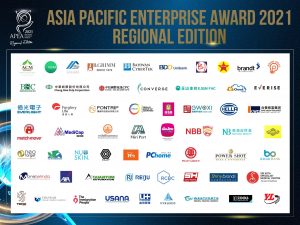 Prior to the APEA, the Asia Entrepreneurship Forum (AEF) 2021 was held in the day and was made possible by the virtual environment. The forum was convened with more than 300 C-suite level executives and business leaders from China, Bahrain, Brunei, Hong Kong, India, Indonesia, Malaysia, The Philippines, Singapore, Taiwan, Thailand, and other parts of the region.
Prior to the APEA, the Asia Entrepreneurship Forum (AEF) 2021 was held in the day and was made possible by the virtual environment. The forum was convened with more than 300 C-suite level executives and business leaders from China, Bahrain, Brunei, Hong Kong, India, Indonesia, Malaysia, The Philippines, Singapore, Taiwan, Thailand, and other parts of the region.